Have you ever noticed your cat returning to the exact same patch of sunlight, the same corner of the couch, or even the same shoe box day after day? It’s not just a quirky habit—it’s a behavior loaded with meaning and comfort for our feline friends. If you’ve ever wondered what’s going on inside your cat’s mysterious mind as they claim their favorite spot, you’re not alone. The answer might surprise you, and it could even change the way you see your cat’s daily routine. Let’s step into your cat’s paws and discover why that one spot is simply irresistible.
The Magic of Familiarity
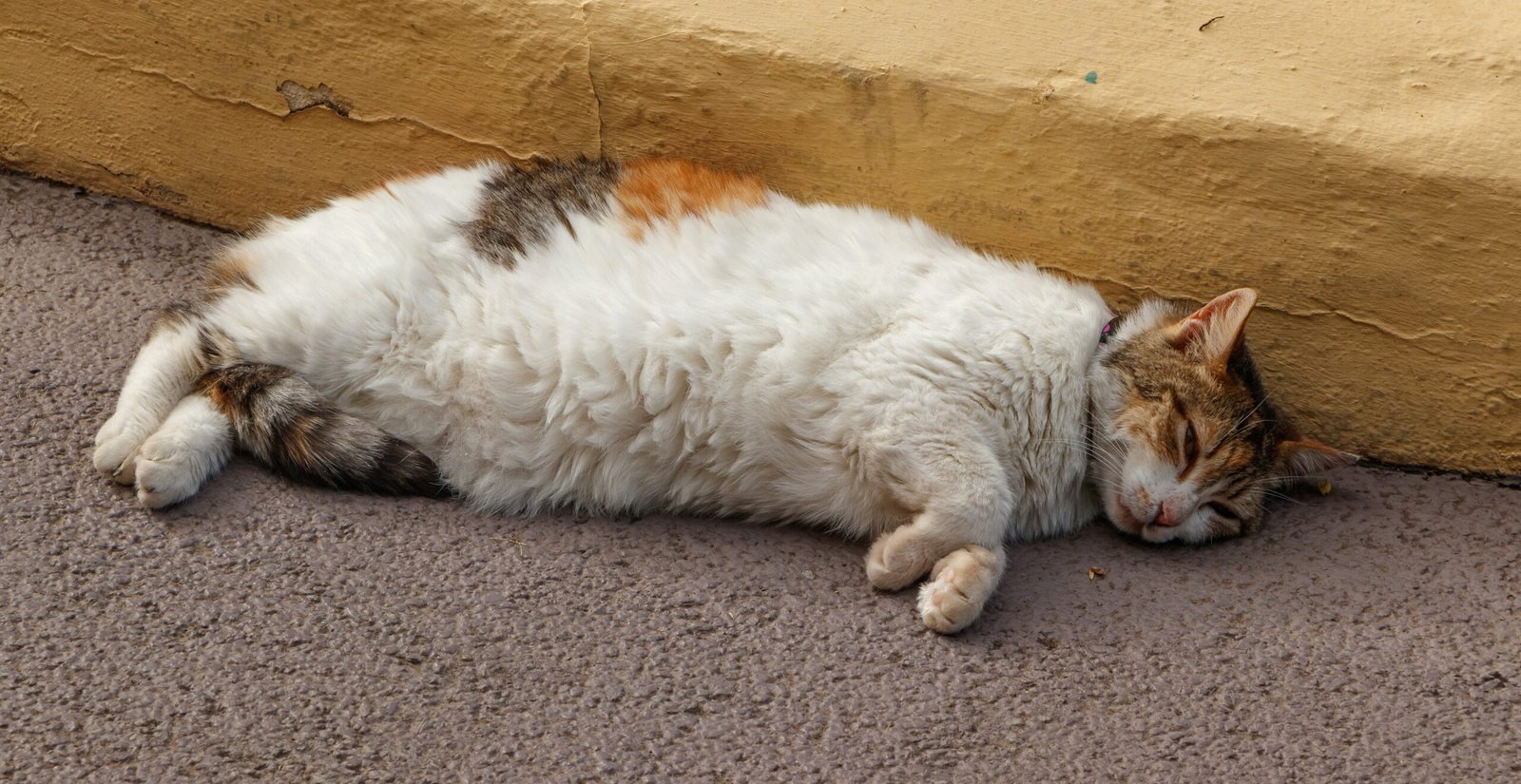
Cats are creatures who thrive on routine and predictability. Every day, when your cat picks that special spot, they’re choosing familiarity over uncertainty. This sense of sameness gives them a kind of emotional anchor, making them feel safe in a world that can be noisy and unpredictable. It’s a bit like us humans settling into our favorite armchair after a long day—there’s comfort in what we know. Cats often return to the same place because it helps reduce their stress and anxiety. When everything else in the house changes, that one familiar spot stays the same, providing a reliable refuge.
Territory: More Than Just Space
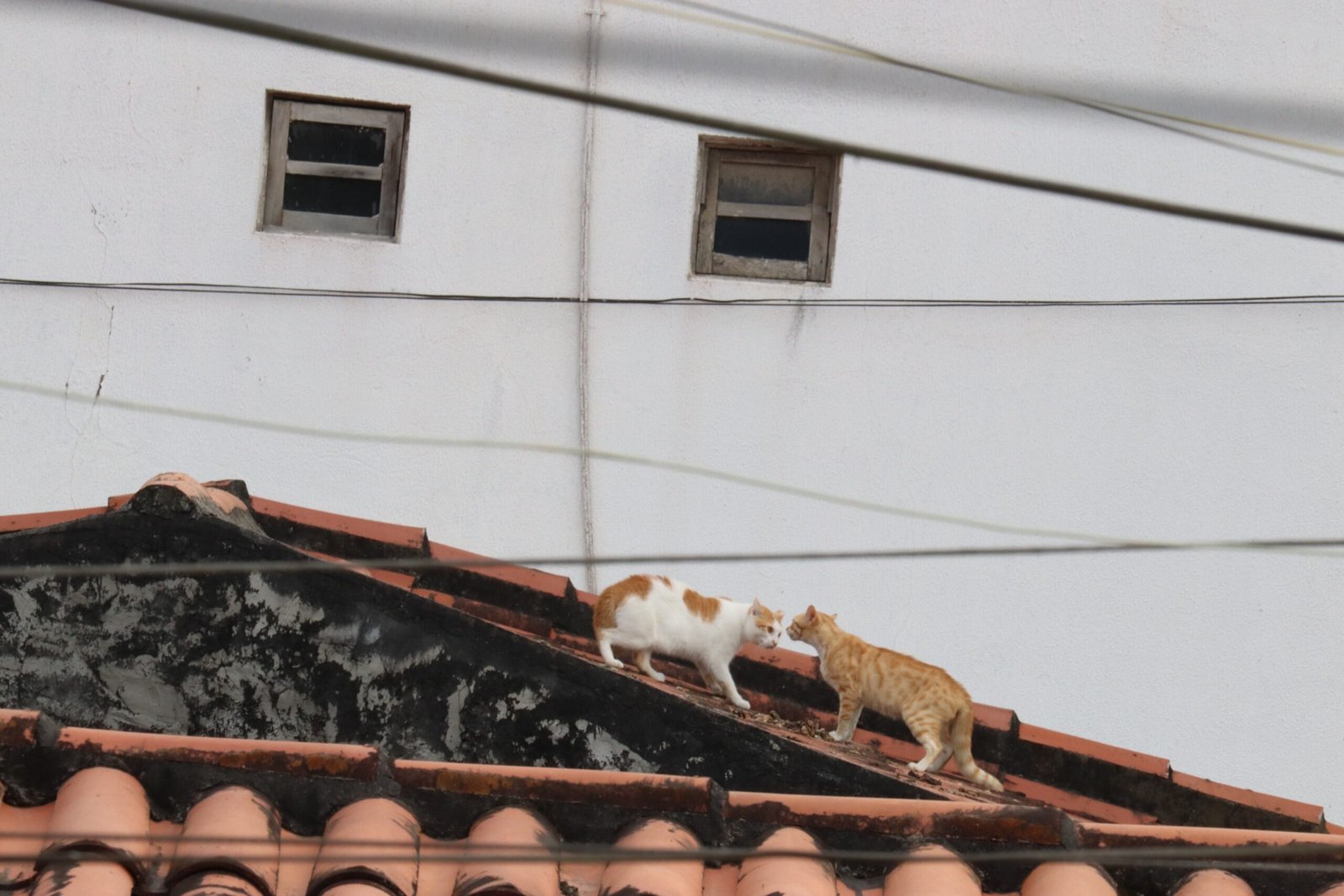
In the wild, a cat’s territory is its kingdom. Domestic cats aren’t so different. By consistently choosing the same spot, they’re marking it as their own piece of the world. This territorial behavior is deeply rooted in their instincts. They might rub their face or body on the spot, leaving behind scent markers that say, “This is mine.” For cats, territory isn’t just about physical space—it’s about security and self-expression. When they return to the same spot, it reassures them that their world is in order.
The Allure of Scent

Cats have an extraordinary sense of smell, far stronger than ours. When your cat picks a favorite spot, they’re drawn by the comforting scents they’ve left behind. Their scent glands, located on their cheeks, head, and paws, help them deposit their unique scent signature. Over time, these scents build up, creating a comforting, homey aroma that only your cat can fully appreciate. It’s like their personal perfume, soothing and familiar, making that spot even more attractive day after day.
The Sunbeam Attraction

There’s something almost magical about the way a cat will find the tiniest patch of sunlight in a room. Sunbeams offer warmth, comfort, and a sense of peace that cats adore. Lying in the sun helps regulate their body temperature and can be deeply soothing. Even in the wild, cats seek out sunny spots for rest and relaxation. That daily ritual of following the sun across the room is more than just laziness—it’s a finely tuned instinct for comfort and well-being.
Strategic Vantage Points
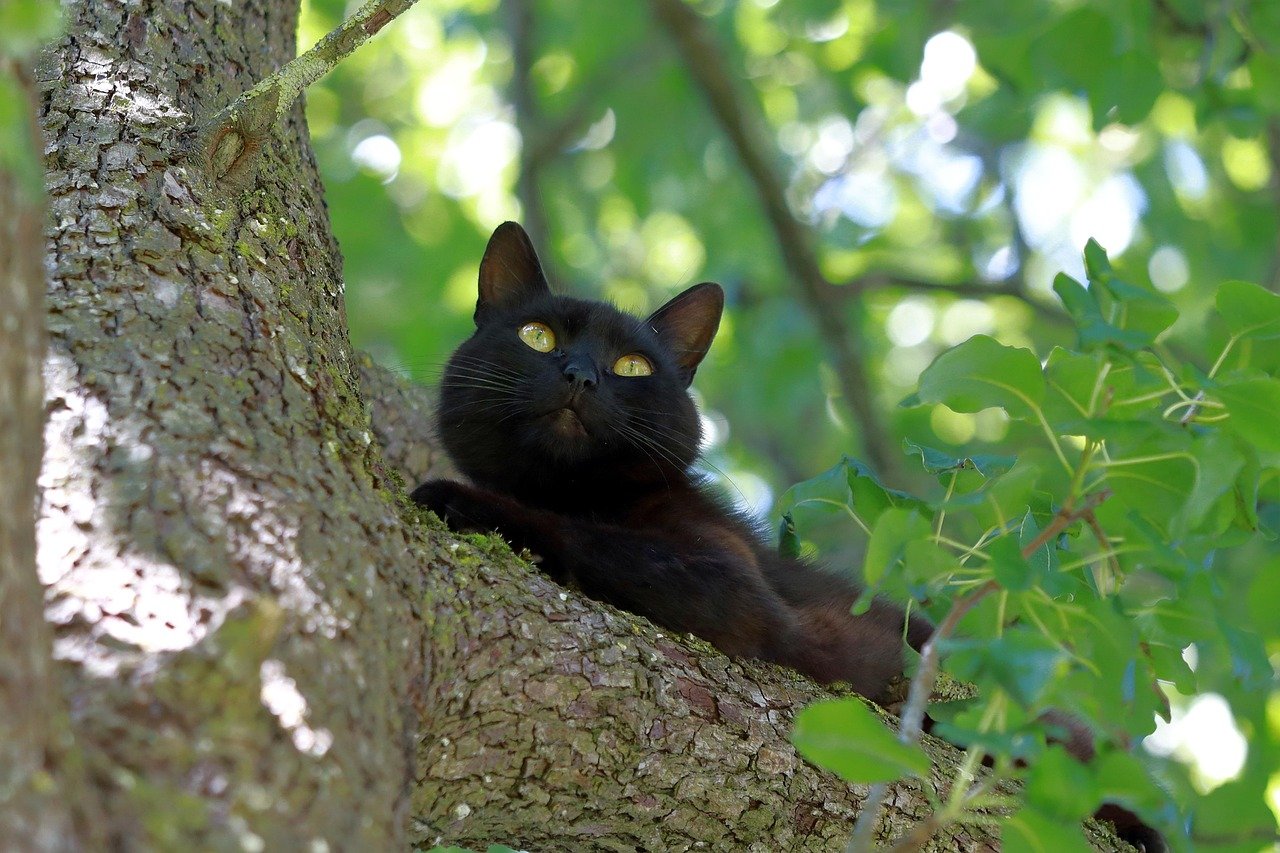
Cats are natural-born observers. Choosing a spot with a good view allows them to keep an eye on their surroundings, whether that’s the backyard, the living room, or the hallway. A strategic vantage point gives your cat a sense of control and awareness. It allows them to spot potential “threats” (like the vacuum cleaner), monitor their humans, or simply satisfy their boundless curiosity. This behavior harks back to their wild ancestors, who needed to stay alert to survive.
The Comfort of Texture

Have you noticed your cat always picks the softest blanket or the coziest pillow? Texture matters to cats. Soft, plush surfaces provide physical comfort and warmth, making them irresistible. Sometimes, cats will knead or paw at their chosen spot, a behavior that goes back to kittenhood. This act of “making biscuits” releases relaxing endorphins, enhancing the sense of comfort and reinforcing the habit of returning to the same spot. Even the texture of cardboard boxes or paper bags can be appealing for different reasons.
Escape from Noise and Stress
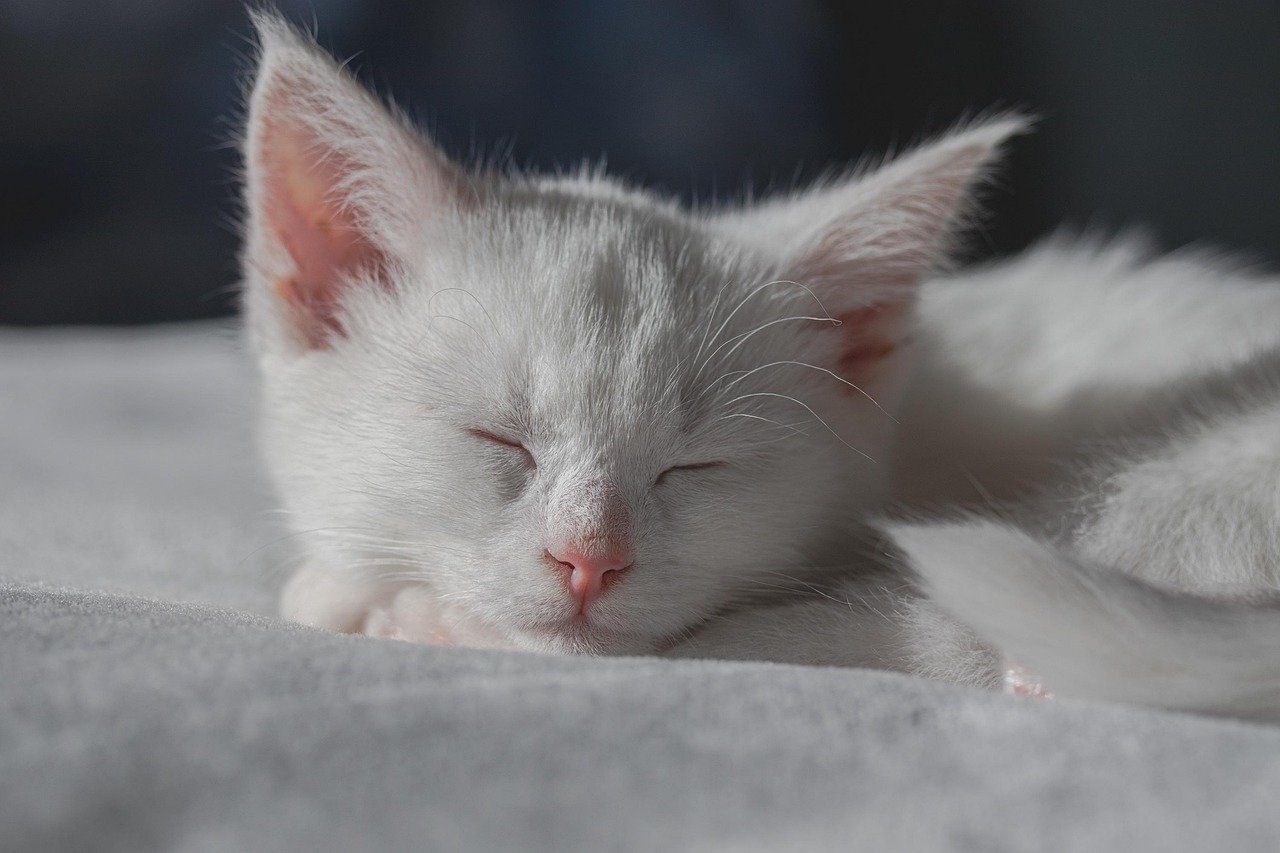
Cats are sensitive to loud noises and sudden changes. Their favorite spot often offers a quiet retreat, away from the chaos of daily life. Whether it’s tucked behind the sofa or hidden in a closet, these quiet sanctuaries provide relief from bustling households, barking dogs, or clattering dishes. Just as we might seek a quiet room to read or decompress, cats seek out a peaceful corner to recharge. The predictability of their chosen spot helps them relax and feel secure.
Bonding With Their Humans

Sometimes, the spot a cat picks is right next to you. Cats form strong bonds with their humans, and sharing space is one way they show affection. If your cat curls up on your lap every evening or claims the pillow next to your head, it’s a sign they trust you and want to be near you. This shared space becomes a daily ritual, strengthening your bond and providing comfort to both of you. Think of it as your cat’s way of saying, “I choose you.”
The Influence of Temperature

Cats are experts at seeking out warmth. Their favorite spot may be right by a heater, on a sunny windowsill, or even on top of your laptop. Warmth is not just comfortable for cats—it’s essential for their well-being, especially as they get older or if they have health issues. By choosing the warmest place in the house, cats are simply following their instincts to conserve energy and stay cozy. You might even find that their “spot” changes with the seasons as they chase the warmest microclimates in your home.
Safe From Predators (Real or Imagined)
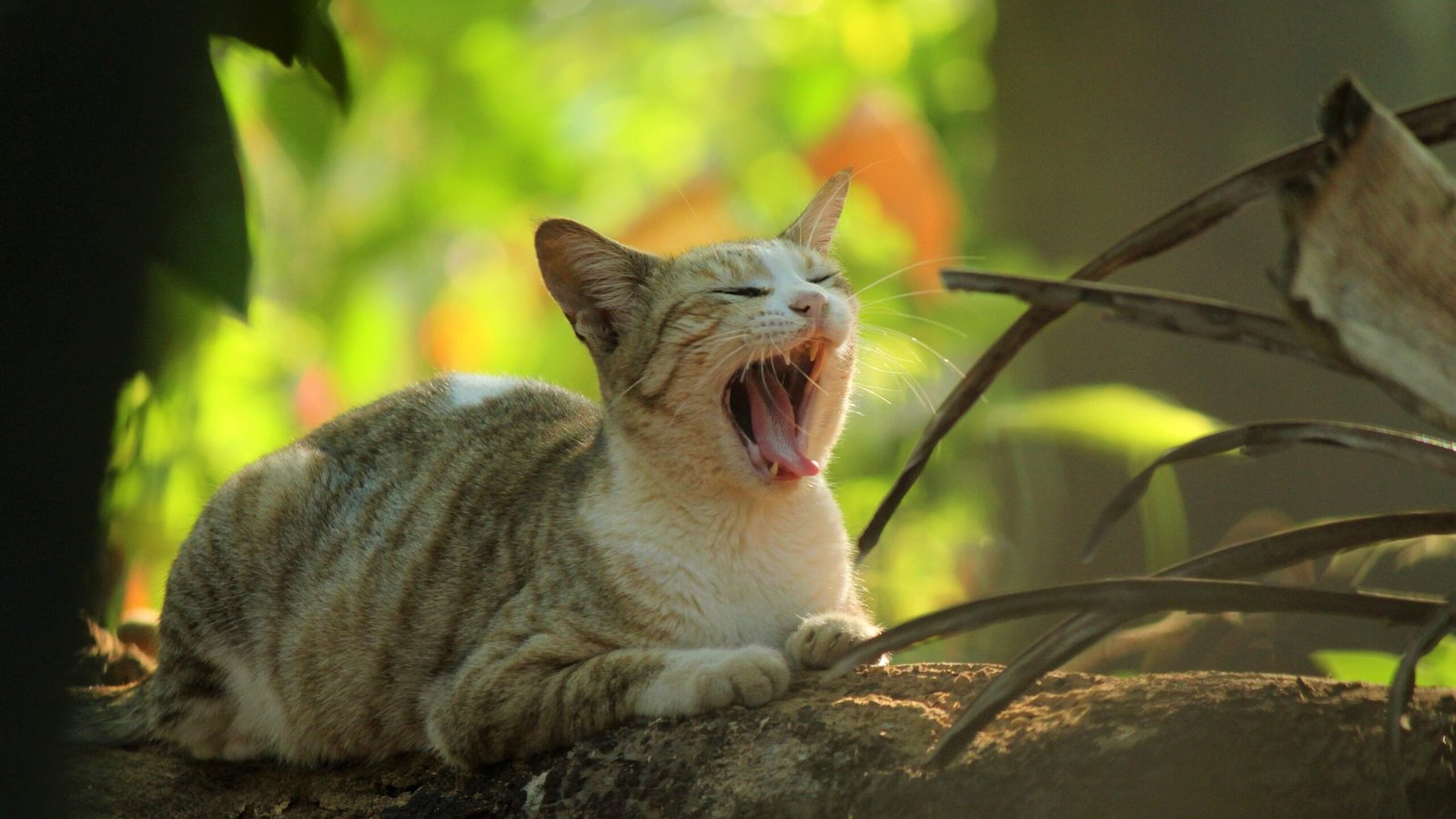
Even though most house cats are safe from real predators, their instincts tell them to be cautious. High perches, hidden nooks, or enclosed spaces make excellent spots for feeling secure. These locations allow cats to observe without being seen, reducing their vulnerability. Even in a safe home, that ancient instinct for self-preservation kicks in. The chosen spot offers a blend of visibility for monitoring threats and shelter for protection, much like a lookout post in the wild.
Repetition Builds Routine

Cats are creatures of habit, and daily repetition is comforting. Returning to the same spot forms part of their daily routine, which helps reduce anxiety and bring order to their day. Routine is especially important for indoor cats, whose worlds are smaller and more predictable. This repetitive behavior creates a sense of stability, which is vital for their emotional health. For some cats, not having access to their favored spot can be unsettling, leading to restlessness or stress.
The Role of Social Hierarchy

In multi-cat households, the choice of a spot can sometimes be about social hierarchy. The top cat often claims the best, most central territory, while more timid cats might settle for less desirable locations. Watching how your cats interact with each other and which spots they choose can reveal a lot about their social dynamics. Sometimes, cats will even “take turns” using a prime spot, subtly negotiating space through body language and behavior rather than open conflict.
Marking With Pheromones

When your cat rubs its face or body against its favorite spot, it’s not just stretching or scratching an itch. They’re releasing pheromones—chemical signals unique to each cat. These pheromones create a comforting “familiar zone” that signals safety and ownership. Over time, this spot becomes saturated with their scent, reinforcing the urge to return. For cats, it’s like hanging a “Home Sweet Home” sign in their corner of the world.
Comfort During Illness or Stress
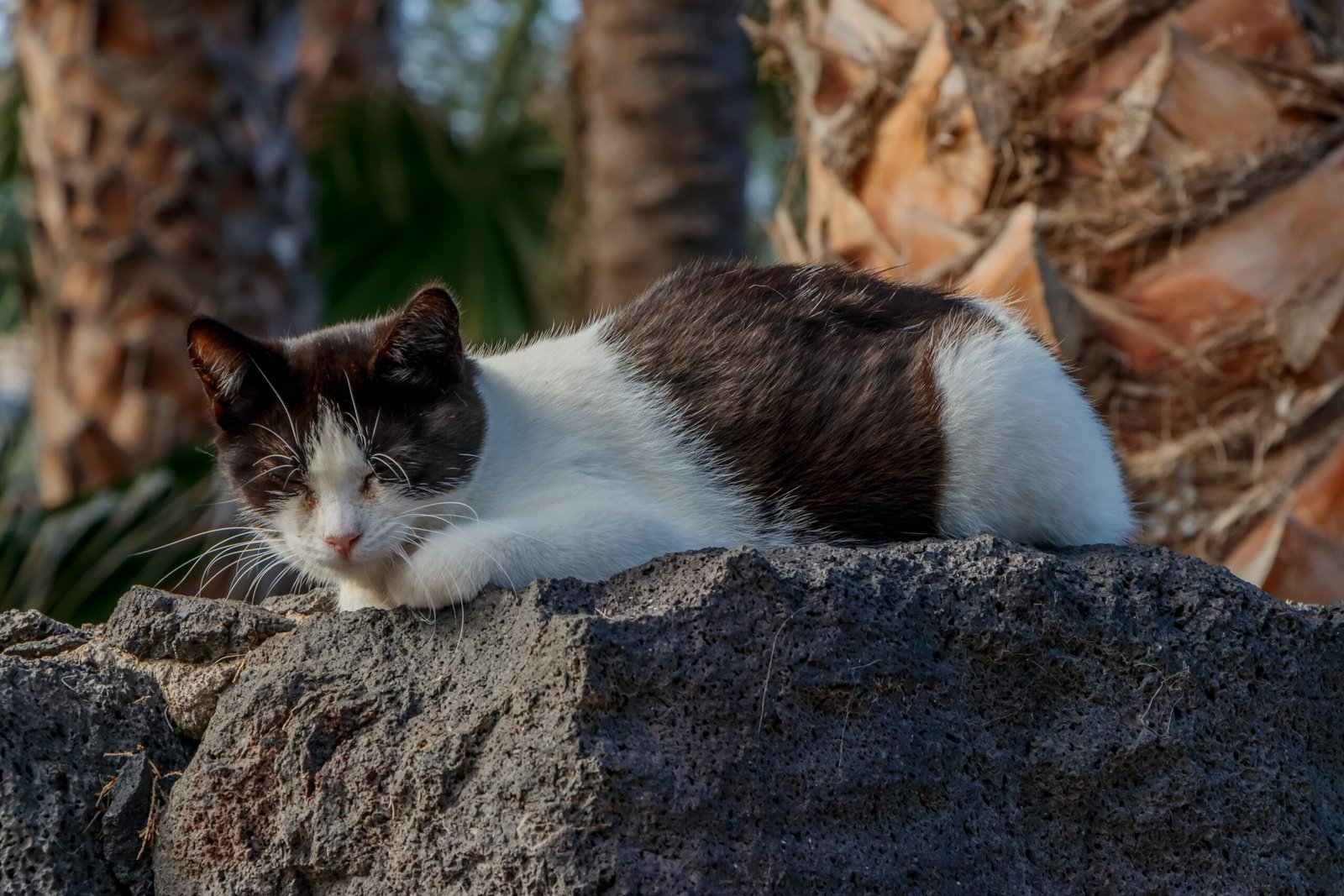
When cats aren’t feeling well or are under stress, they often retreat to their most trusted spot. This behavior provides them with a sense of safety and helps them recover. If your cat is suddenly spending more time in a particular place, it might be worth checking for signs of illness or discomfort. The chosen spot can become a healing sanctuary, where your cat feels protected and secure during vulnerable times.
Windows: Entertainment and Engagement
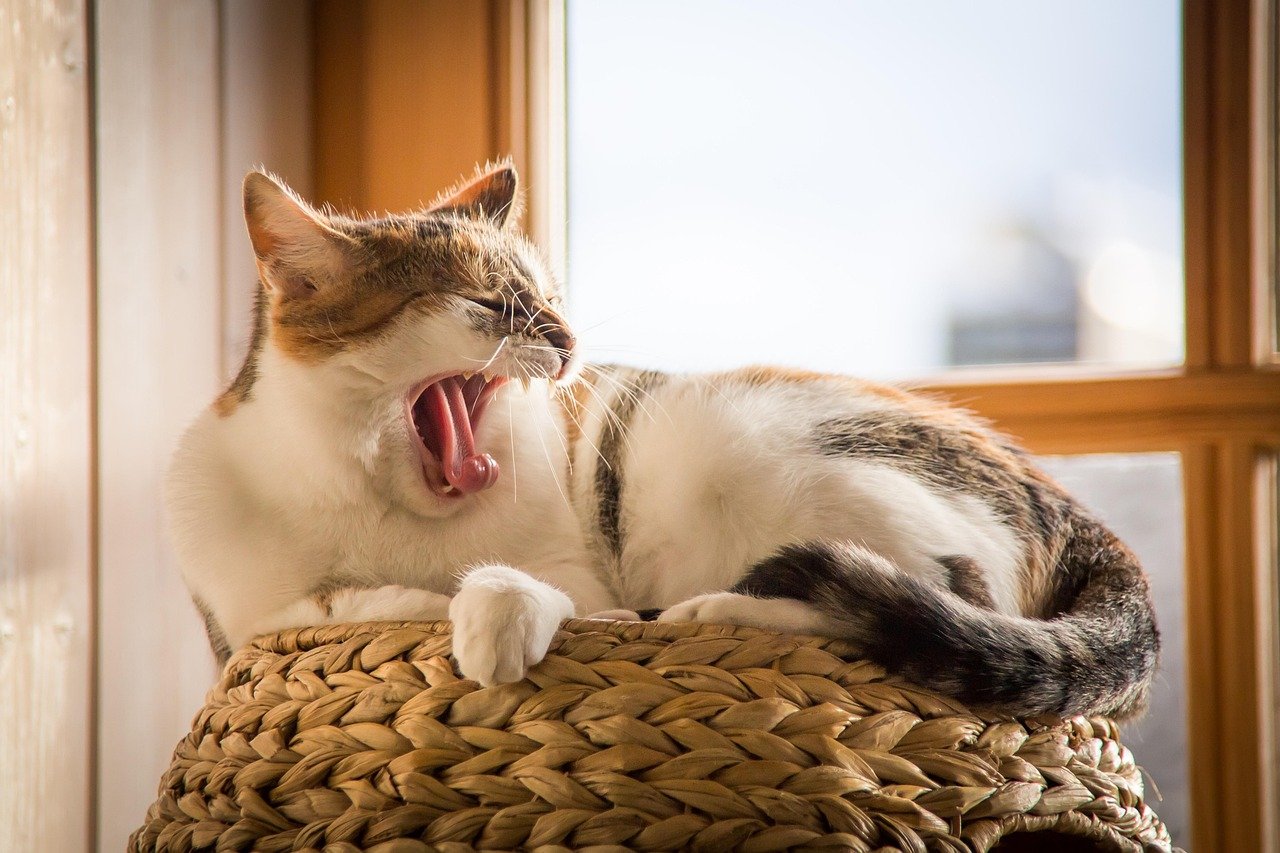
Many cats choose spots with a window view. Birds, squirrels, passing cars, and fluttering leaves offer endless entertainment. The world outside is like a living television for cats, stimulating their senses and keeping boredom at bay. Even on rainy days, the changing scenery provides mental stimulation that indoor cats crave. A window perch can quickly become the most prized spot in the house, combining safety, warmth, and a front-row seat to the outside world.
The Influence of Human Schedules
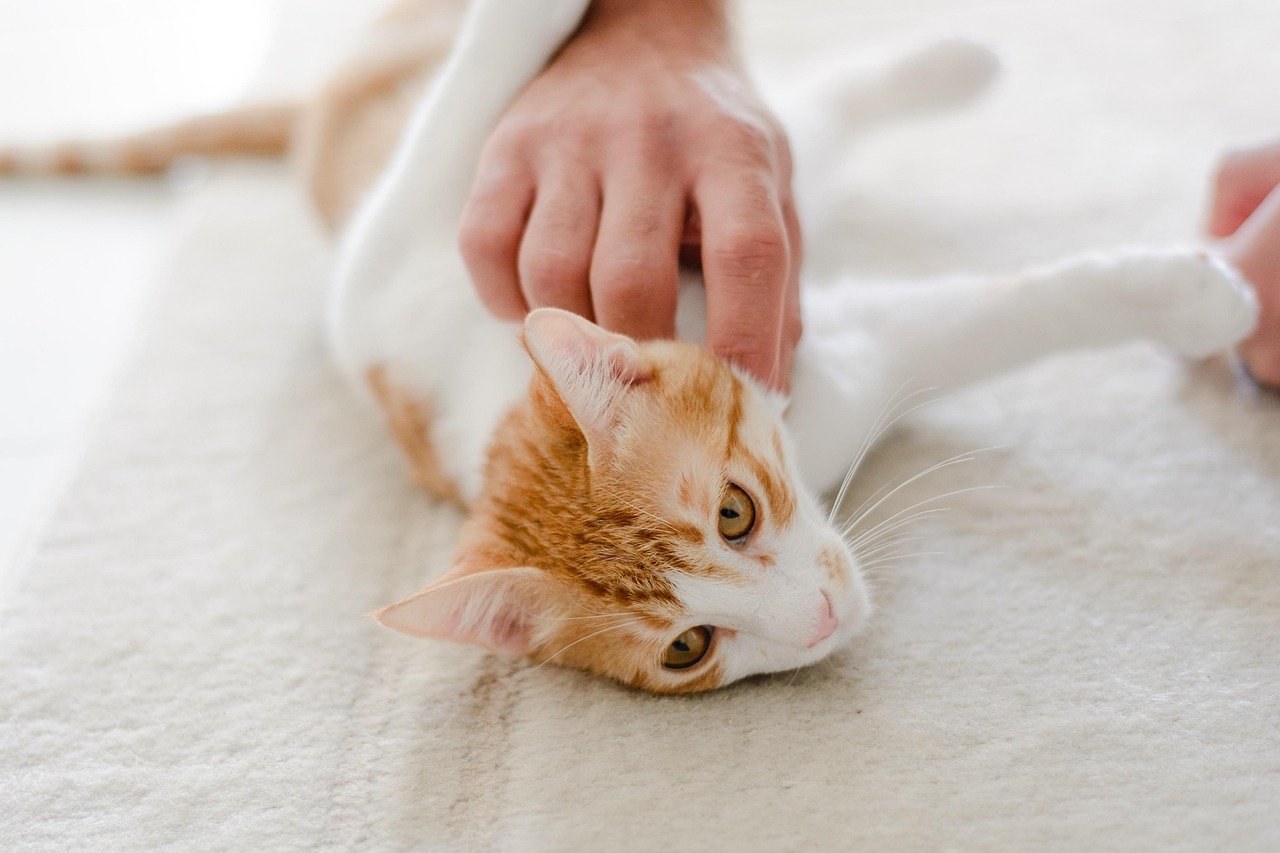
Cats are astute observers of their humans’ routines. If you always sit in the same chair, your cat may claim that chair when you’re not using it. They may also time their visits to favorite spots based on your daily habits, like curling up on your bed as soon as you leave for work. This synchronization creates a sense of shared routine and strengthens the bond between you and your cat. It’s another way cats weave themselves into the fabric of your life.
Memory and Cognitive Associations

Cats have strong memories, especially when it comes to places that make them feel good or safe. Positive experiences in a particular spot—like being petted, fed, or napping in peace—reinforce their desire to return. Over time, these spots become associated with comfort and happiness, creating a powerful emotional draw. Even after a long absence, cats often return to their favorite places as if no time has passed, guided by memory and positive association.
Why Cats Avoid Certain Spots
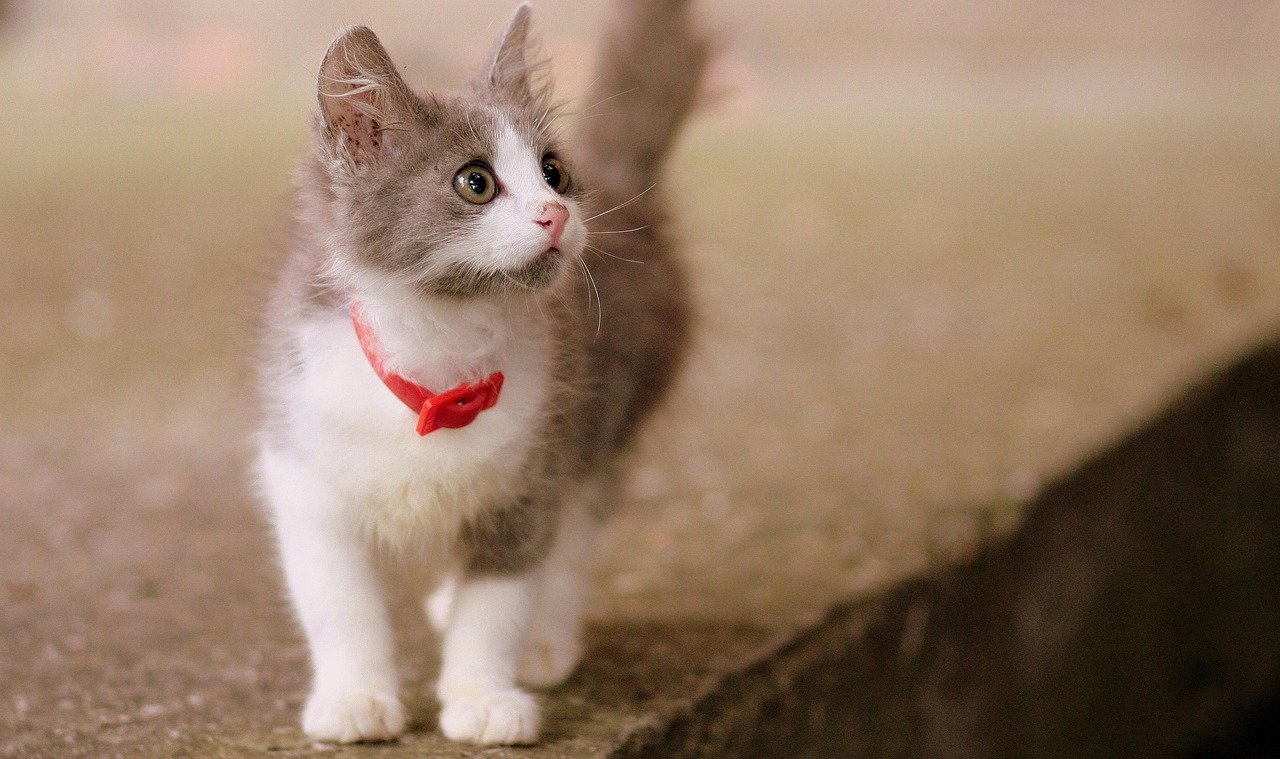
While some spots are favorites, others are avoided like the plague. Cats are sensitive to changes in their environment—unfamiliar smells, loud noises, or uncomfortable textures can make a spot undesirable. Sometimes, a spot that was once a favorite gets abandoned after a negative experience, like a loud noise or a fall. Understanding what makes your cat avoid certain areas can help you create a more comfortable home and prevent unwanted stress.
The Power of Observation: What You Can Learn
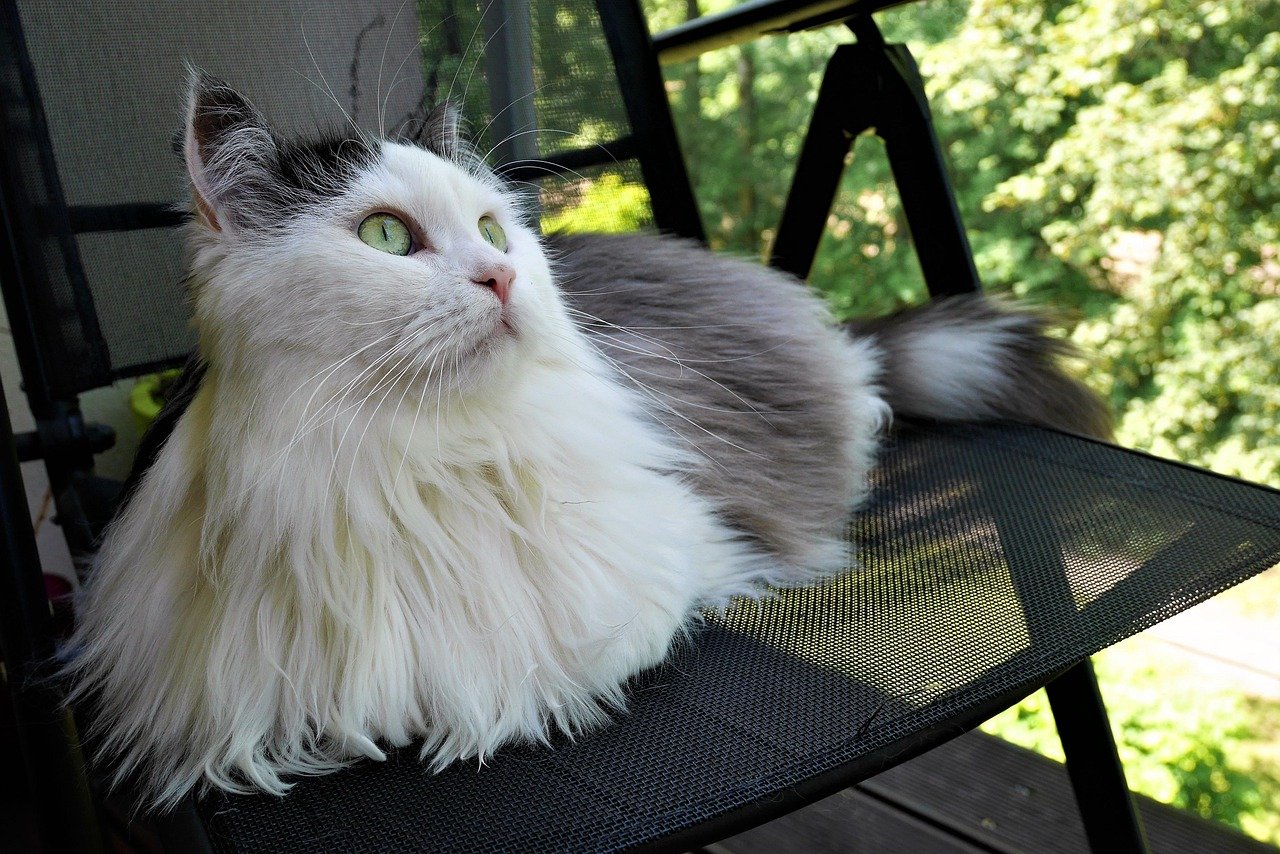
Watching where your cat chooses to settle can reveal a lot about their health, mood, and even their opinion of household changes. A sudden change in favorite spots might signal discomfort, stress, or even illness. By paying attention to these patterns, you become more attuned to your cat’s needs. Sometimes, simply moving a favorite blanket or creating a cozy nook can make your cat feel more at ease and loved.
Encouraging Healthy Habits With Spot Choices
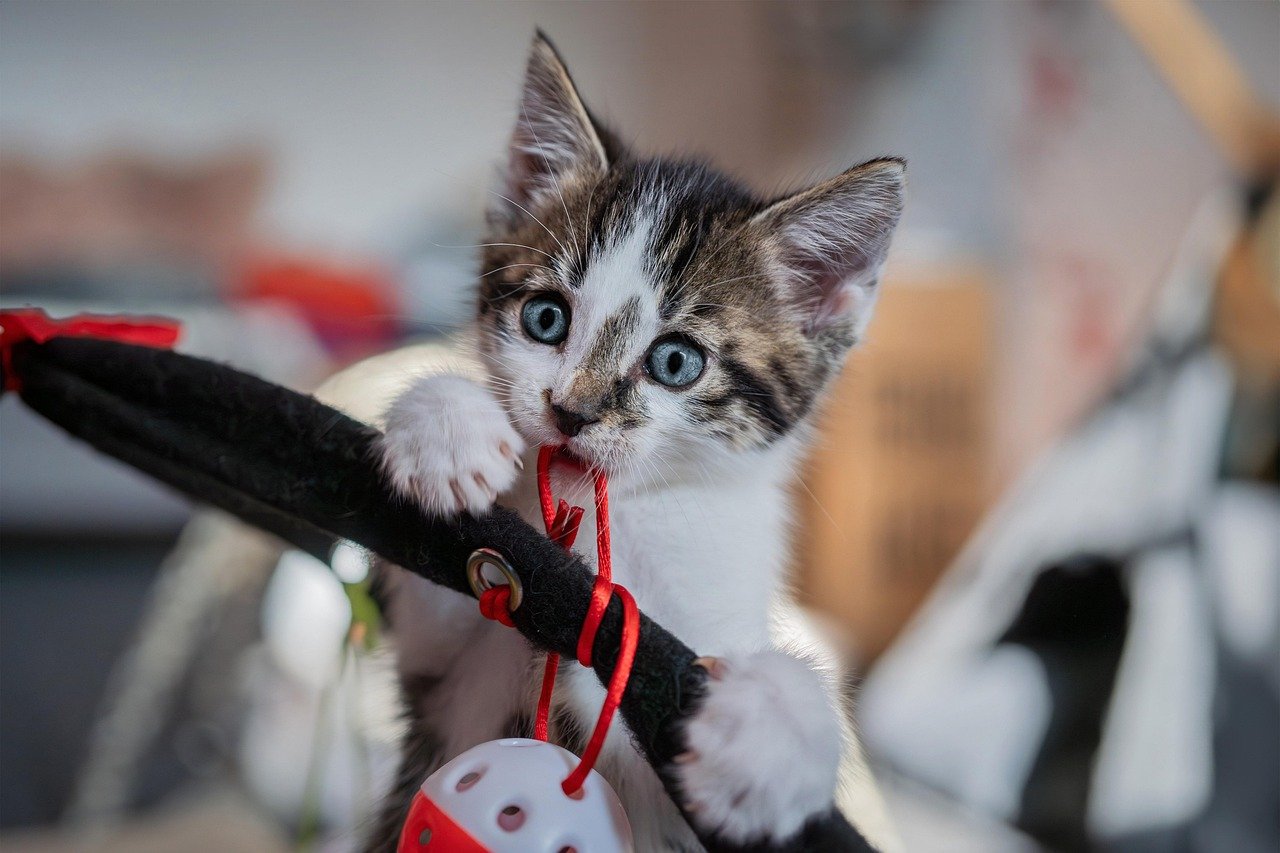
You can use your cat’s love of favorite spots to encourage healthy habits. Placing scratching posts, toys, or cozy beds in areas your cat likes can promote play and exercise. If your cat’s chosen spot is somewhere inconvenient, gently redirecting them with treats or toys can help create new routines. Understanding their preferences allows you to support their well-being and keep them happy and active.
When Spot-Changing Signals a Problem
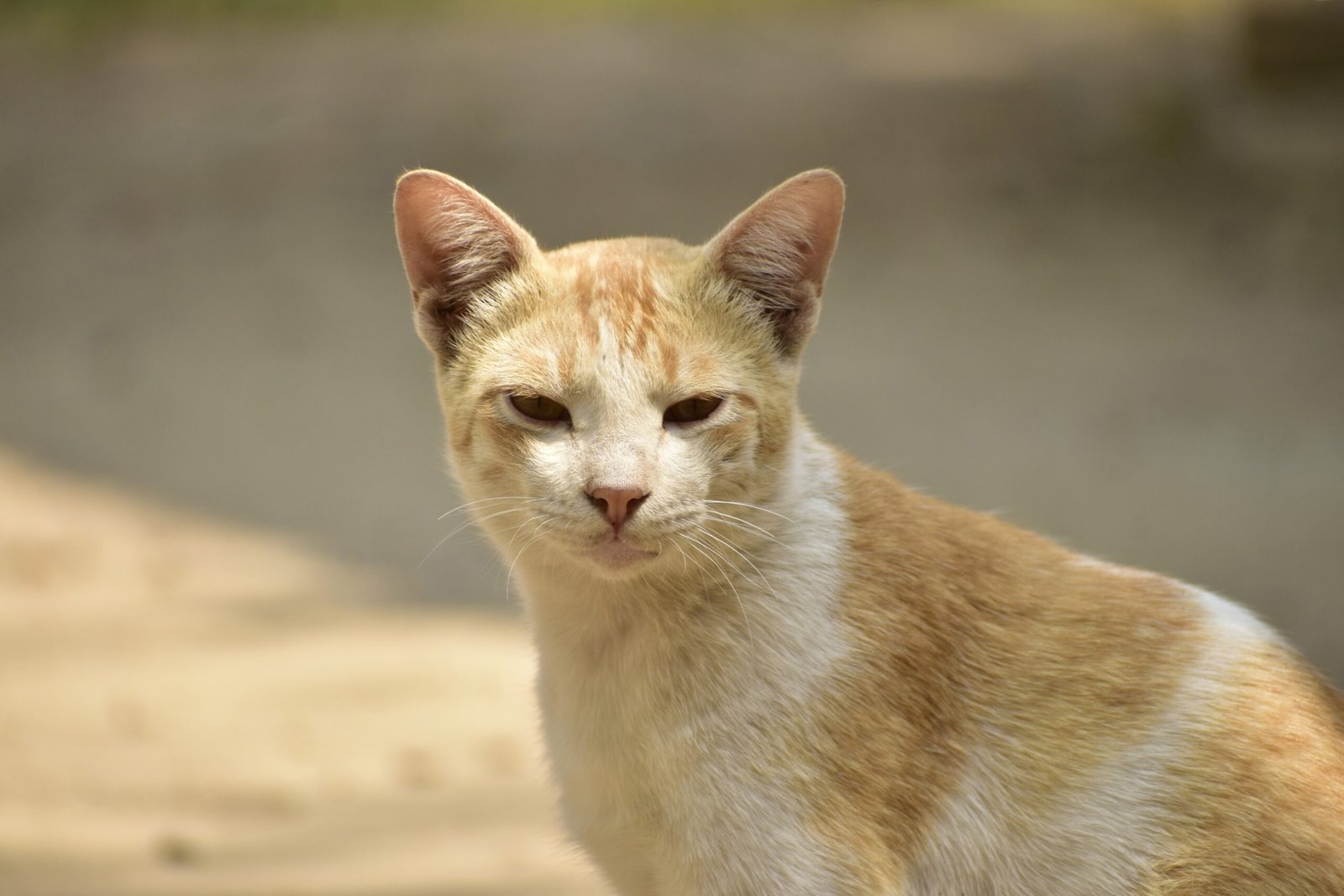
If your cat suddenly abandons a long-time favorite spot or obsessively picks a new one, it could be a sign of a problem. Changes in spot selection can indicate stress, pain, or even household tensions. Maybe there’s a draft, a new pet, or a change in household dynamics. Paying close attention and consulting a vet if you notice worrisome changes can help keep your cat healthy and happy.
Hi, I’m Bola, a passionate writer and creative strategist with a knack for crafting compelling content that educates, inspires, and connects. Over the years, I’ve honed my skills across various writing fields, including content creation, copywriting, online course development, and video scriptwriting.
When I’m not at my desk, you’ll find me exploring new ideas, reading books, or brainstorming creative ways to solve challenges. I believe that words have the power to transform, and I’m here to help you leverage that power for success.
Thanks for stopping by, Keep coming to this website to checkout new articles form me. You’d always love it!






